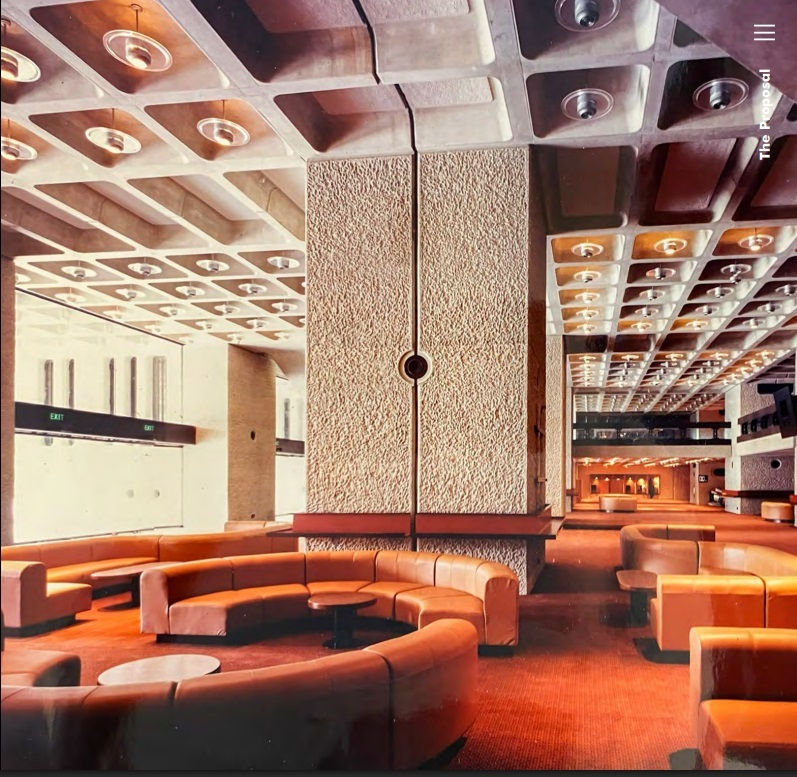What if… the Blitz had missed the Square Mile?
- Chris Rogers

- May 31, 2022
- 3 min read
Eighty years ago Nazi Germany’s bombing offensive devastated the City of London, then as now the financial centre of the British capital. Eventually the rubble was cleared and new buildings erected, often in radical architectural styles and sometimes along new streets or around new precincts; many drew criticism for decades thereafter. But for London History Day, whose theme this year is Resilience, let’s imagine the Blitz had never got that far. What would the City look like today?

Starting at its centre, the Victorian roof of the Guildhall, designed by Horace Jones in emulation of the Mediaeval original, would have survived. Giles Gilbert Scott’s extensions and developments – planned before the war – would have been carried out, resulting in his art gallery being built rather than his son Richard’s much larger and deeper block and thus ensuring London’s Roman amphitheatre remaining lost, possibly for another century (along with the temple of Mithras, at least two bathhouses, mosaic pavements and miscellaneous other finds). Given post-Blitz pressure of space at Guildhall was the driver to create it there would probably not have been a Powell & Moya Museum of London and certainly not on the current site, which wouldn’t have been available. Why?

Concerns about traffic volumes had existed for a decade, and so road-widening might still have gone ahead after the war, destroying Wren’s Christ Church, the Coal Exchange and the Bishopsgate banks in the process. But without the levelling of entire districts there would have been no dual carriageways like the western extension of London Wall or Upper Thames Street running through them and no elevated walkways (‘highwalks’ in Corporation speak) carrying pedestrians over them either. Numerous riverside warehouses would not have been replaced with multi-storey car parks, and without those new, fast roads it’s doubtful the highly distinctive City of London ‘lantern’ or streetlight would have appeared either.

There would certainly have been no comprehensive redevelopment in districts such as Paternoster Square (which would not have lost five million books to fire and would have kept its picturesque jumble of shops) or roads like Gresham Street, and fewer and lower towers would have arisen, with that within Bowring House representing the likely standard.

There would be fewer large buildings generally, in fact, meaning no New Change Buildings for the Bank of England or Bracken House for the Financial Times. New buildings would have been much more modest in style as well as scale, pre-war Neo-Georgian remaining common and Modernism and its successors struggling even more than they actually did. The Mappin & Webb site on Poultry would have been saved from both Mies Van der Rohe and James Stirling’s designs, Lloyd’s would have simply acquired more space on the blocks they already occupied rather than commission Richard Rogers to provide something very different and the Chartered Accountants would have got more Vicwardian replication rather than William Whitfield's Brutalism for their extension.

The residential population was declining, imperilling the Corporation's status, so yes to Golden Lane but definitely no to the Barbican without the freedom of a tabula rasa. As for the services the public use, Cloak Lane police station (built in 1888) might have been retained even after its lease expired in 1965, so McMorran and Whitby’s Wood Street station would not have been built. Cannon Street station survives in both scenarios but without the damage of the Blitz its great glazed roof, removed before the war, might have been rebuilt, for the Festival of Britain for example. Almost all the Livery Companies would have remained in their pre-war Halls since they seldom rebuilt other than after fires and where that was needed the result would certainly have been safer than, say, Basil Spence’s ribbed concrete mass for the Salters’.
Three wider changes would not have been stopped. The invention of personal computers and electronic typesetting means the emptying of Fleet Street would have occurred anyway, and at about the same time. The Conservative government’s ‘Big Bang’ deregulation would have happened too, though without the post-war buildings to demolish more Victorian and Edwardian banks may have been the losers. And those riverside wharves would have closed anyway as commerce shifted downriver or into the ether.
The above gives only an idea of the possible outcomes of my 'What if' – other lists could be devised within the topics mentioned according to taste – but shows it’s useful to think in other ways to see what might have been, if only to show us where we might now go.



Comments